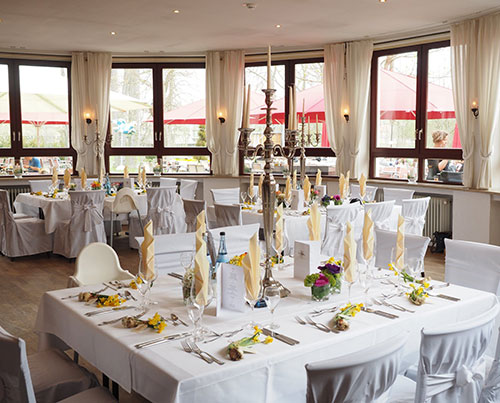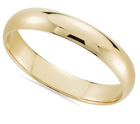 Most couples face some problems and stressful situations when they start planning their wedding guests seating. Sure, it’s not easy to please everybody and bring different people together at one table so that every single person is happy. But, knowing several secrets and tricks, it’s possible to succeed. We’ll show you how to create the best wedding seating chart and what, in general, you should know about the wedding guests seating.
Most couples face some problems and stressful situations when they start planning their wedding guests seating. Sure, it’s not easy to please everybody and bring different people together at one table so that every single person is happy. But, knowing several secrets and tricks, it’s possible to succeed. We’ll show you how to create the best wedding seating chart and what, in general, you should know about the wedding guests seating.
Creating a wedding seating chart is a complicated process, especially when you have more than a few dozen guests. There are so many nuances, little things you have to consider. But we’ll try to help you cope with this task.
Usually, there is a sweetheart table or a head table – this is a place where the bride and groom sit. The sweetheart table is meant only for the couple, only the two of them. The head table houses the couple and their bridal party – the Best Man and the Maid of Honor (sometimes with their +1).
All of the other tables are situated throughout the reception hall. Of course, some of them are closer, others are farther. And for your wedding guests, it may be extremely important where they sit, how close to your table they are seated. So, you need to plan thoroughly so that nobody is offended or uncomfortable at their place.
The optimal scheme of seating is to give the closest tables to your immediate family (parents, siblings, cousins, grandparents, etc.), farther tables to not so close family members and friends, and the farthest tables to co-workers, childhood friends you don’t see that often, hired personnel (wedding photographer, wedding planner, florist – if you plan for them to stay for the wedding meal). This scheme is handy because those people who sit far from the head table are, mostly, young and don’t care that much about the importance of their seat, unlike your older relatives (your granny or aunts and uncles might take offense if their seats are too far from your main table). They just want to have fun and celebrate.

What other criteria should you use seating your guests? Make sure that people who are at the same table get along well or have common interests. It doesn’t always have to be guests who are acquainted – meeting new people can be fun. But consider if they have topics they can share, something to talk about.
If you make a thorough plan for all of the guests’ seats, you need escort cards and place cards (You don’t know what these are? Here’s an article about it). Often, these items are included in the wedding day info suite, but not every couple have it, so prepare these cards for your guests. They need to find their seat quickly and easily. At the entrance to the wedding hall (or even better to place it in your cocktail hour space), you can place a wedding seating chart so that every guest could find the number of his table. Or even the escort cards for every guest, but make sure to organize these cards just right for people to easily find their one.
All these wedding seating charts, escort cards, and so on are absolutely needed at big weddings when there are over 75 guests – to avoid chaos. If your wedding is small, you don’t have to do it. Only in case you want to. Many brides and grooms choose a buffet-style wedding reception, and so they don’t have to arrange the seating of their guests.
How to make a wedding seating chart?
Here are several steps you have to consider and go through:
- Floor plan (consult with your wedding venue and ask for a floor plan of the hall);
- Organize food and drink stations (choose the place to put these very important stands before you place tables for the guests);
- Sweetheart or head table (determine where it will stand and how many people house);
- Tables for the guests (consult with the venue also on the capacity of the reception hall, how many tables and of what size you need to house all your guests; have a few extra seats, just in case);
- Assign wedding guests’ seats (divide your guests according to the number of tables and think how to join the right people at each table – that’s usually the hardest thing to do, so don’t be afraid to arrange and re-arrange the guests until you find the perfect combination);
- Perfect table placement (if possible, organize the tables wisely – seat younger guests near the dance floor, people with kids close by so that children could play together and let their parents relax a bit, older people close to the head table and farther from the speakers, etc.);
- Kids’ table (if you have more than 10 children at the wedding, think about arranging a kids’ table for them – it will be much more fun both for children and their parents);
- Think about each guest (try to organize your wedding reception so that the needs of your guests are taken into consideration. Most definitely, you won’t be able to please every single person, but at least the majority will be happy).
The wedding guests seating is important and it can be a rather labor-intensive process, so start planning early. In this case, you’ll be able to arrange your wedding reception with as little stress as possible. Also, don’t be too upset if you don’t find the perfect solution for every problem. It’s challenging, so just look for the optimal decision. Even if the seating isn’t absolutely perfect, please your guests with delicious food and drinks, quick service, good music, and the atmosphere of love and romance. After all, most people love weddings and will be happy to share this special day with you.

